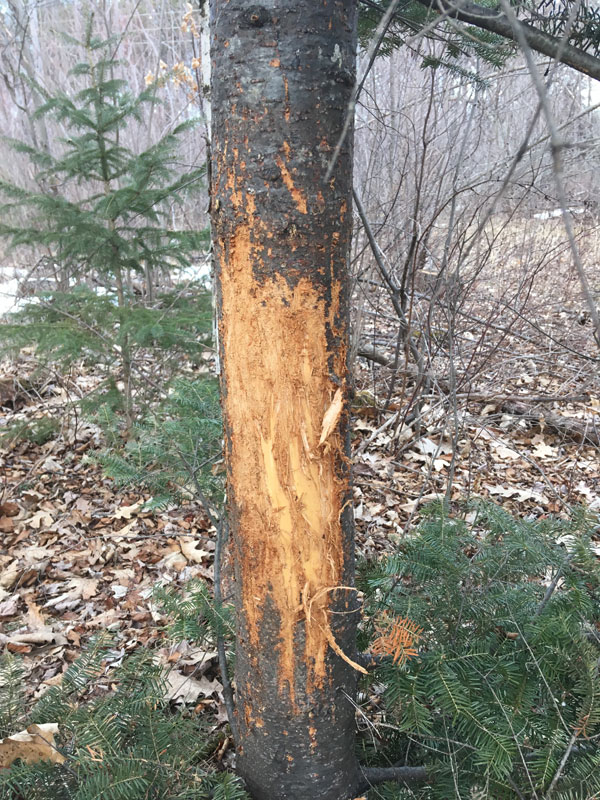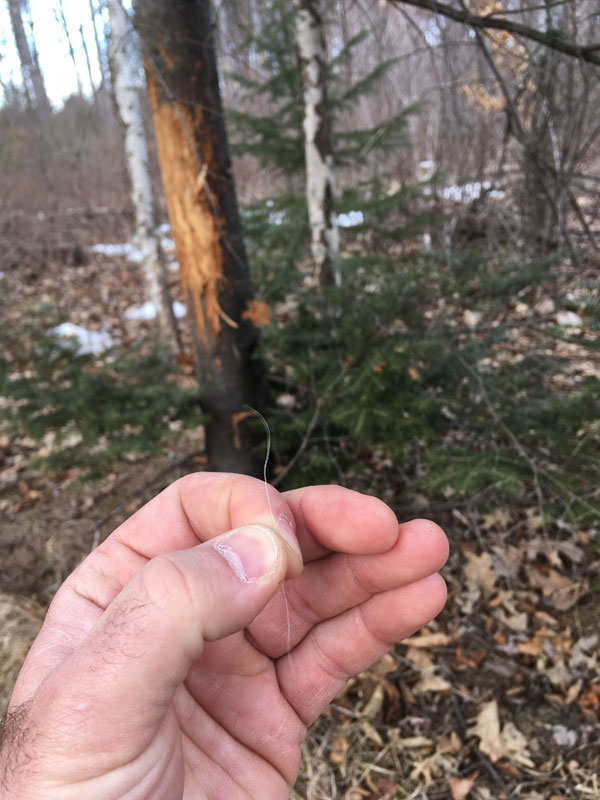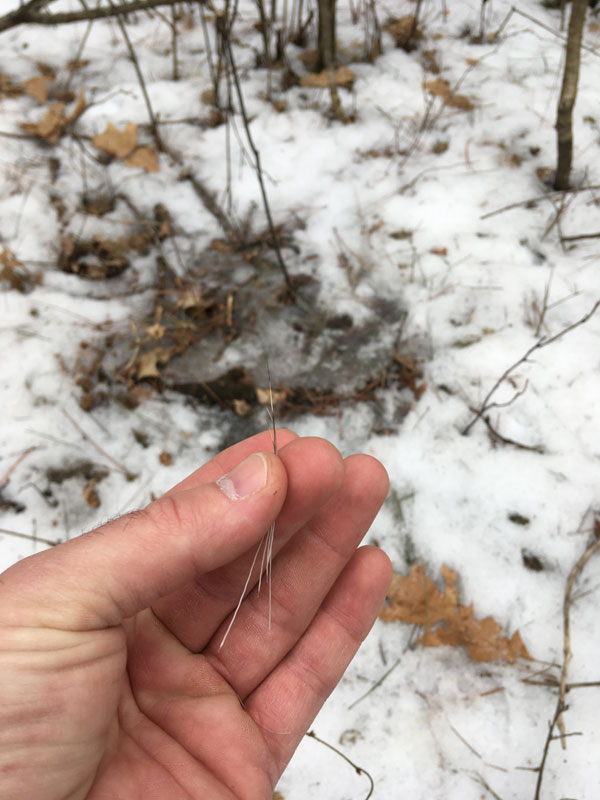What are some of your public land hunting goals for the upcoming year? This is a question that came up a few times during conversations with buddies this winter, while we reminisced about past seasons — the successes and the ones that got away. As the storytelling and conversations continued, everything turned to what we’re looking forward to trying this coming season.
VIDEO: 3 VALUABLE PUBLIC LAND HUNTING TIPS

The most common goals are often to spend more time hunting, see more deer and shoot bigger bucks, which are all awesome goals for any deer hunter – myself included. The main goal reiterated many times, was always to keep it fun. It’s so easy to get frustrated with not hunting as much as we’d like, and when we don’t see deer or mess up an opportunity at one, it’s easy to angry and frustrated. But hey, that’s public land hunting, and it sure beats a day at work (that’s always a good reminder).
So far this year I’ve found myself aiming to narrow down those goals to a few more focused tactics that will hopefully up my odds of success. More time dedicated to scouting in the off-season has become a big part of that, especially pinpointing buck beds, doe bedding areas and key terrain features influencing those areas. It’s easy to get excited about all of the trails, rubs and scrapes in open timber near crop fields, I know I definitely get pumped to see it all. The reality is that on public hunting land, outside a few rare times during the rut, most of that buck sign is made at night.

So, the bedding areas are where it’s all going to start for me this year as I try to get as close as I can to them safely and smartly, taking into account the wind directions and nearby food sources. This is a tactic I haven’t really tried much, as we’ve been warned so many times over the years to stay very cautious and not spook bucks to the next county by hunting too close to their bedding areas. But, in the last few years, I’ve read about a growing number of public-land deer hunters out there that have really good success with this mindset, and it’s intriguing.
The more we learn about older bucks from GPS tracking studies, particularly those living on high-pressure lands, we see that many of them are incredibly adept at avoiding hunters, and in some ways are kind of lazy, to the point that they won’t leave their core bedding areas until just before dark. And even then they may only get up and move 100 yards or less before dark. So if we’re only 200 yards away from that buck’s bed, we’ll never know he’s around. That’s where I aim to be.

If bucks aren’t actually bedding on the public hunting land, which can often be the case on many small parcels of public ground, but I can make an educated guess where they are bedding on neighboring private land by scouring aerial photos and topographical maps, I’ll try to get as close as I can and set up on whatever sign or terrain feature influences them to cross into the public land. The terrain, the wind, other hunters, and my own access and exit routes are definitely going to play a role in this strategy, and it’ll certainly be challenging, but it’s going to be fun to give it a go and see what happens.
LEARN HOW TO GET THE JUMP ON PUBLIC LAND BUCKS THIS YEAR
Up to this point my spring scouting forays on the public hunting land I’ve hunted for many seasons, as well as a few new areas, have been surprisingly productive. Found some pretty good sign, some interesting terrain, located a few new doe bedding areas for rut hunts, and discovered a few buck beds. There are still a few more spots to check out before full-on summer is here, and a bunch of crop fields to watch for evening deer activity throughout the end of summer. It’s going to be a good summer and a heck of a lot of fun getting after it this fall with a new aggressive public land hunting game plan.
What are some of your goals and plans for the upcoming year for public land hunting? Any outside-the-box strategies you’re going to try out? Let us know what you think!
______________________________________
3 VALUABLE PUBLIC LAND HUNTING TIPS
